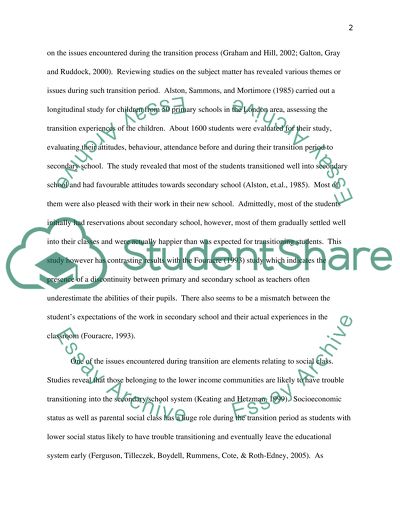Cite this document
(“Education. What issues can arise during 'transition' Essay”, n.d.)
Education. What issues can arise during 'transition' Essay. Retrieved from https://studentshare.org/education/1494416-what-issues-can-arise-during-ychtransitionyie
Education. What issues can arise during 'transition' Essay. Retrieved from https://studentshare.org/education/1494416-what-issues-can-arise-during-ychtransitionyie
(Education. What Issues Can Arise During 'Transition' Essay)
Education. What Issues Can Arise During 'Transition' Essay. https://studentshare.org/education/1494416-what-issues-can-arise-during-ychtransitionyie.
Education. What Issues Can Arise During 'Transition' Essay. https://studentshare.org/education/1494416-what-issues-can-arise-during-ychtransitionyie.
“Education. What Issues Can Arise During 'Transition' Essay”, n.d. https://studentshare.org/education/1494416-what-issues-can-arise-during-ychtransitionyie.


